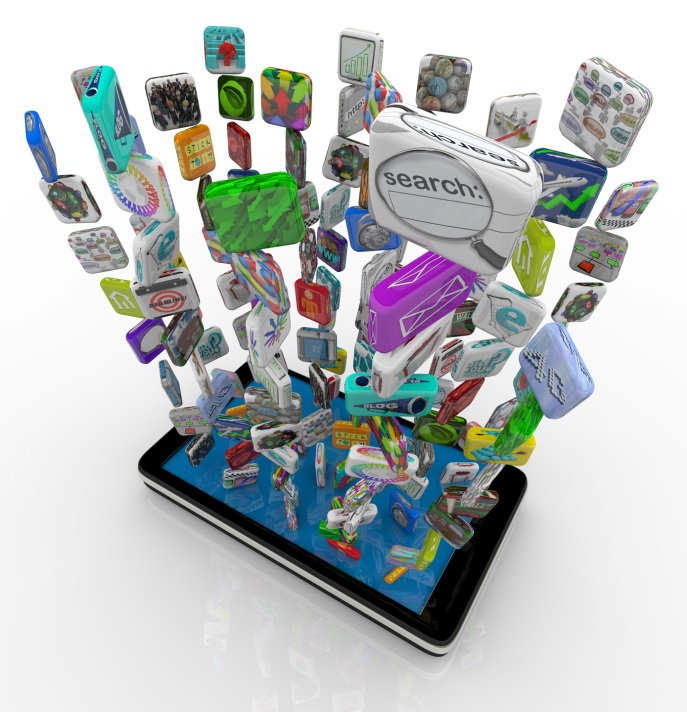The strength of a loyalty program relies on the sustained participation of active members. Programs without sufficient customer engagement do not gain repeat customers or increase revenues. This shows the importance of driving participation within these programs. Focusing on the number of active users is now becoming more important than just signing up new members.
 Challenges of Loyalty Programs
Challenges of Loyalty Programs
According to Colloquy, while “loyalty program memberships rose almost 27% to 2.65 billion in 2012, active participation—those cases in which people redeemed rewards at least once a year—dropped to 44% last year from 46% in 2010”[1]. This shows that overall participation in consumer loyalty programs is declining despite the increase in total membership.
The offers/rewards associated and promised to consumers from loyalty programs are often not aligned with the initial interests that motivated a consumer to initially sign up. This is mainly due to the difficulty organizations have in correctly analyzing and synthesizing widely available consumer data, leaving them struggling and unable to clearly target customers with personalized interactions. This often makes loyalty programs boring and useless in the consumer’s eyes, driving active participation down quickly.
Using a Mobile App to Improve Loyalty
There are some ways to avoid getting caught in this situation. For example, create a mobile application associated to your business.
An easy to use mobile app drives customer participation and allows you to gather relevant information about your loyalty members. A good mobile app might deliver combined messaging technology with geo-location based, personalized push notifications. It can also present personalized content to consumers no matter where they are or what they are doing. This enables the delivery of a superior experience on an ongoing basis that nurturs customrs.
These mobile apps target the essence of a customer’s SoLoMo (Social, Local, Mobile) behavior. SoLoMo smartphone technologies combine Geo/Social integration capabilities to gather data from Facebook, Twitter, LinkedIn, geo-locations. Many also integrate Passbook, the new digital wallet by Apple.
Furthermore, you can also differentiate yourself by building associated services into your app that add value for your customers. For example, retailer Old Navy built a mobile app that allows you to create a wish list and buy products directly from it. The app also has a gamified component that lets customers snap a photo of the Old Navy logo from printed ads or online videos to gain access to prizes like coupons or gifts. Another example is Walgreen’s mobile app, which sends prescription reminders and integrates with Passbook as a Rewards Card.
Mobile Engagement Matters
Loyalty programs today must first rely on mobile engagement that supports a positive, ongoing customer experience lifecycle, anytime and anywhere.
[1]Jargon, Julie. “Restaurants Are Turning to Loyalty Reward Apps to Lure Customers.” The Wall Street Journal. N.p., 12 July 2013. Web. 10 Sept. 2013. .